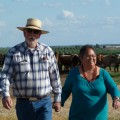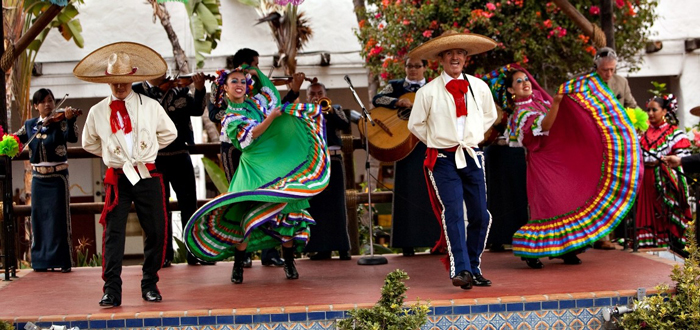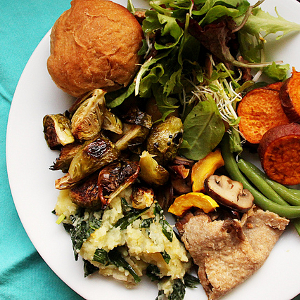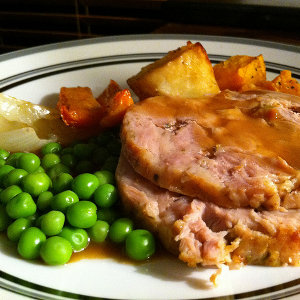Call sparkling wine made outside of France’s designated region “champagne” and risk a lawsuit from the Comite Interprofessional du Vin de Champagne. Call a conventionally grown potato “organic,” and the U.S. Department of Agriculture’s enforcement branch may show up at the door as soon as it unearths the fraud.
But raise a chicken in a cage, and feel free to make almost any claim to sell the bird’s eggs. That’s because federal laws that regulate animal-welfare terminology on egg cartons leave some gaping loopholes while basically allowing producers to make their own interpretations of just what “free-range,” “cage-free” and “pasture-raised” really mean.
“Free-range is one of the most misleading labeling terms in the egg industry,” says Paul Hain, owner of Hain Ranch in Tres Pinos, where about 200 egg hens spend most of each day roaming an open pasture. “The official definition of ‘free-range’ is that the birds have access to the outdoors even if they don’t ever go outdoors, whereas our birds—they actually are outdoors.”
At Fiesta Farm in Watsonville, Sarah and Aurelio Lopez raise several hundred chickens on a 10-acre pasture. The birds live outside at all times, with a pair of large dogs guarding the flock at night. The eggs, like those from Hain Ranch, are labeled as “pasture-raised” and sell for about $7 per dozen at the farmers markets where Sarah Lopez appears each week as a vendor.
At one such market in San Jose, according to Lopez, there is another farmer who keeps 100,000 chickens on four acres. Those birds, Lopez says, spend most of their time indoors. “And they are 100-percent organic, cage-free and free-range,” she says. “That shows what those terms can actually mean.”
While federal law assures that poultry and chicken eggs billed as cage-free or free-range did not originate in cages, producers of poultry and eggs who raise their birds in the cramped dwellings called battery cages are not required to reveal their farming methods to consumers. Worse, these producers may use meaningless terms—such as “animal-friendly”—that can easily mislead consumers.
“The lack of federal oversight allows producers to use unregulated claims all they want,” says Erica Meier, the executive director of Compassion Over Killing. Her organization, based in Washington, D.C., has urged the Food and Drug Administration since 2006 to enforce regulations over language and imagery used on egg cartons. The administration, she says, has shown little interest in taking action.
However, a federal bill introduced to Congress in February proposes to ban battery cages in America while also requiring that every egg carton be clearly labeled to assure that consumers know with certainty just where and how their eggs were grown.
Currently, numerous labeling terms appear on egg cartons, including “animal welfare–approved,” “free-roaming,” “vegetarian-fed” and many others. The new laws, according to Josh Balk, a spokesperson with the Humane Society of the United States—a major backer of the Congress bill, would offer egg producers four clear labeling options: eggs from caged hens, eggs from enriched cages, eggs from cage-free hens and eggs from free-range hens.
Meanwhile, there is some level of industry oversight from retailers. Whole Foods, for one, conducts its own inspections of vendors who claim that their eggs are pasture-raised—itself an unregulated term. However, Hain, whose eggs wind up largely in the kitchens of South Bay residents, says that he has never heard of any farmers abusing the claim.
Most hens in America live less picturesque lives than those of Hain Ranch, Fiesta Farm and other pasture-based operations. About 280 million egg hens live on farms across the country, including 19 million in California. (The American poultry industry, meanwhile, consists of about 9 billion birds.) About 95 percent of these laying hens live in cages, according to the industry group, United Egg Producers, which states in its online cage guidelines for farmers that a single caged hen needs only 67 to 86 square inches of living space.
The same website also defends the standard industry practice of slicing off a chicken’s beak at birth. “Scientific evidence,” the site states, “shows that beak trimming rarely compromises animal well-being. In fact, beak trimming actually helps reduce pecking, feather pulling, cannibalism and decreases mortality.”
{pagebreak}
After about two years of laying eggs, most factory-farmed egg hens are euthanized when their productivity begins to wane. Male chicks, roughly half of those born at commercial hatcheries, are killed at birth.
Shell Game
Incoming state regulations pose to brighten the lives of California’s egg chickens. Proposition 2, passed by voters in 2008, will take effect in 2015 by banning battery cages, as well as veal cages and gestation crates, in which female pigs may spend months or years virtually unable to move.
Animal-welfare advocates have applauded Prop. 2, but egg farmers are unsure—and a little uneasy—about how it will affect their livelihoods.
Eddie Olivera, a managing partner with Olivera Egg Farm, which distributes tens of millions of eggs per year from its San Jose packing facility, expects that Prop. 2 will ultimately require California chicken farmers to double their space per bird, or halve their egg production.
Egg prices, he believes, will jump dramatically. “This is going to fall heavily on the consumer,” he says. “Eggs are one of the cheapest and best sources of animal protein, and the poorer people of this state need it. Proposition 2 is going to be adverse to them.”
The fine print of the law, however, may not be clearly defined.
“It says that chickens will need enough space to spread their wings, but that leaves it open to decide what constitutes a chicken’s wingspan,” Olivera explains.
Olivera expects California to experience an egg shortage in the time between late 2014 and 2016, due partly to the fact that egg importers will need to meet the same cage-free egg production conditions proposed by Prop. 2.
But Meier, whose organization promotes a vegan diet and lifestyle, believes that banning cages in the egg industry may simply mean we must eat fewer eggs.
“There are alternatives to eggs, and we would need to cut back on how many we eat,” she says. “If we were to take all hens out of cages, I think we’d need to modify our eating habits.”
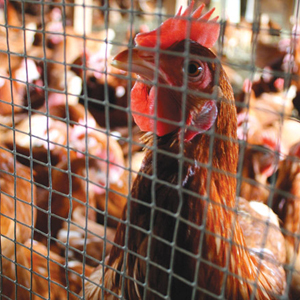
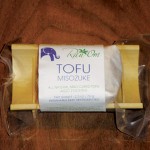 Tofu Misozuke in Silicon Valley
Tofu Misozuke in Silicon Valley  Sharks Continue Playoffs Push
Sharks Continue Playoffs Push 

